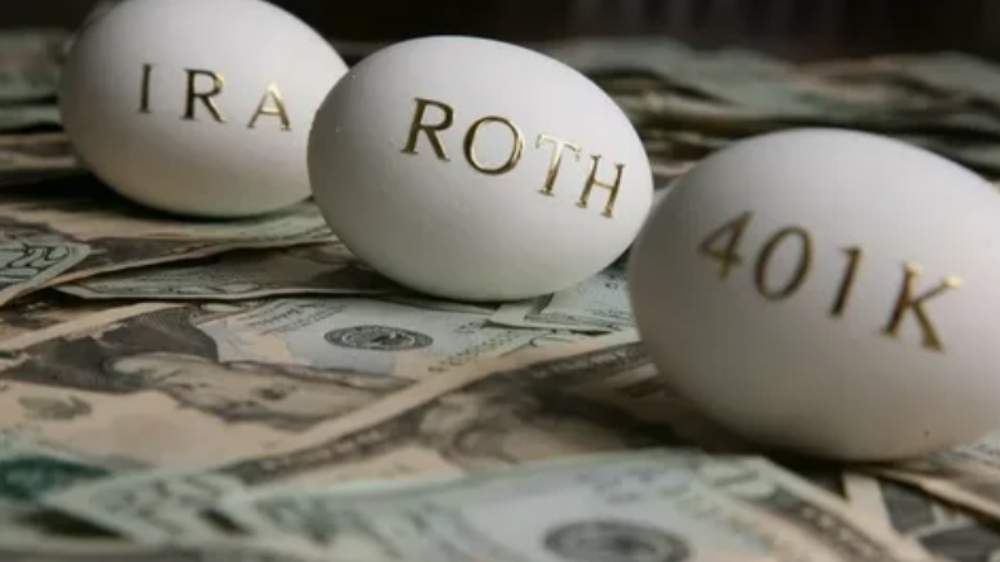Introduction: The Early Bird Gets the Retirement Worm
Retirement planning might not be the most exciting thing on your to-do list, but think about this: how amazing will it feel to look forward to your golden years without worrying about money? Picture yourself lounging by the pool, traveling the world, or simply enjoying your hobbies without a care in the world. The secret to making this dream a reality? A solid retirement plan.
The truth is, retirement is one of those things you can’t really “wing.” The earlier you start, the more time you’ll have to grow your wealth, reduce stress, and build a lifestyle that doesn’t depend on a paycheck. But where do you start? Don’t worry, we’ve got you covered. Let’s dive into how you can build a retirement plan that works for you.
Set Your Retirement Goals: Dream Big, Plan Bigger
Before you start crunching numbers, it’s important to think about what kind of retirement you want. Are you envisioning lazy mornings with no alarm clock, or are you planning to travel the world and tick off items on your bucket list? Maybe you’re thinking about picking up a hobby or starting a business. Whatever your dreams are, the first step is to figure them out.
Why it matters:
- Clarity of vision: When you have a clear idea of what you want your retirement to look like, you can tailor your financial strategy accordingly. This gives you a roadmap, so you’re not just saving for the sake of saving—you’re saving for a purpose.
- Motivation: Setting goals gives you something to work toward. When you hit a savings milestone, it feels great and keeps you motivated to stay on track.
Start by imagining a day in your retirement life. Do you want to be at home with your family? Hiking through national parks? Or spending winters in warm destinations? Write these down, because having a clear vision is key.

How Much Will You Need? Let’s Do the Math
Once you’ve got a vision for your retirement, it’s time to face the hard truth: how much money will you actually need to make it happen? This isn’t just about what you’re spending now; this is about predicting future costs and planning for them.
Here’s how you can estimate your retirement needs:
- Living expenses: You’ll need to calculate how much money you’ll need to maintain your current lifestyle, plus any changes you expect (like more travel or higher medical bills).
- Healthcare costs: As we age, healthcare becomes a bigger chunk of our budget. Think about how you can cover health insurance, out-of-pocket medical expenses, and possible long-term care needs.
- Inflation: Don’t forget inflation! A dollar today won’t be the same in 20 or 30 years, so your retirement savings need to account for this change in purchasing power.
Once you have a rough estimate, you can start to figure out how much you need to save each year to reach that number. But remember, this isn’t set in stone—life happens, and it’s okay to adjust your goals as you go.

Choose the Right Retirement Account: Tax Benefits Galore
When it comes to saving for retirement, you have options. There’s no one-size-fits-all, but the right retirement account can make a huge difference in how much you save.
Let’s break down a few key options:
- 401(k): This is probably the most well-known retirement account. If your employer offers a 401(k) match, take full advantage! It’s basically free money. Contributions are tax-deferred, meaning you won’t pay taxes on the money you put in until you withdraw it.
- IRA (Individual Retirement Account): You can open an IRA on your own, independent of your employer. With a Traditional IRA, you can deduct contributions from your taxable income, while a Roth IRA offers tax-free withdrawals in retirement.
- HSAs (Health Savings Accounts): You might not think of an HSA as a retirement account, but if you plan to have significant healthcare costs in retirement, an HSA is a great way to save tax-free for medical expenses.
The right account for you depends on your goals, tax situation, and retirement timeline. The more tax-efficient you are in saving for retirement, the more you’ll have available down the road.

Invest for Growth: Let Your Money Work for You
Alright, we know what you’re thinking: “Investing sounds scary.” But hear us out—it’s actually one of the best ways to make your money work for you. The trick is to start early, diversify your portfolio, and let time do its magic.
Why you should invest:
- Growth potential: The stock market has historically outpaced inflation, so investing in stocks can help your savings keep up with (or beat) the rising cost of living.
- Compound interest: The earlier you invest, the more time your money has to grow. As your investments grow, you’ll earn returns on both your original money and the interest it’s already earned. This snowball effect is what makes investing such a powerful tool for retirement.
- Diversification: Don’t put all your eggs in one basket. Spread your money across different types of investments (stocks, bonds, real estate) to reduce risk. This way, if one investment takes a hit, your other investments can help buffer the loss.
Whether it’s stocks, bonds, mutual funds, or real estate, diversifying and investing smartly will maximize your returns and help you reach your retirement goals.

Plan for the Unexpected: Protect Your Retirement
Life happens. You might get a raise, but you might also face unexpected expenses like medical emergencies or home repairs. That’s why it’s important to have a backup plan.
What can you do?
- Emergency savings: Make sure you have an emergency fund that can cover 3-6 months of living expenses. This will protect you from dipping into your retirement funds in case of unexpected events.
- Insurance: Health insurance is a must as you age, but consider long-term care insurance, life insurance, and disability insurance as well. These can help protect you from major financial setbacks down the road.
No one likes to think about worst-case scenarios, but planning for them can help you stay on track with your retirement goals—even when life throws you a curveball.
Stay Flexible: Life Changes, and So Should Your Plan
Retirement planning is not a “set it and forget it” kind of thing. Life changes—whether it’s an unexpected job loss, a shift in family responsibilities, or a change in your health. It’s important to review your plan regularly and make adjustments as needed.
How to stay flexible:
- Adjust your contributions: If your income increases, try to increase your retirement savings. On the flip side, if you hit a tough financial period, don’t panic. Cut back on expenses and delay retirement if needed, but don’t stop saving altogether.
- Reassess your goals: If your vision of retirement changes, adjust your savings plan to reflect new goals. Want to travel more? Retire earlier? You’ll need to save more or adjust your lifestyle expectations.
Flexibility is key to making sure you can retire on your own terms—no matter what life throws your way.

Conclusion: Your Future, Your Choice
Retirement planning doesn’t have to be overwhelming, and it certainly doesn’t need to be boring. The more you learn, the more empowered you’ll feel to take charge of your future. Start with a clear vision, set practical goals, invest wisely, and don’t forget to stay flexible as life changes.
The sooner you start, the better equipped you’ll be to enjoy those worry-free retirement years. So, go ahead—take the first step towards a retirement that’s as exciting and fulfilling as you’ve always dreamed. After all, you’ve earned it!






